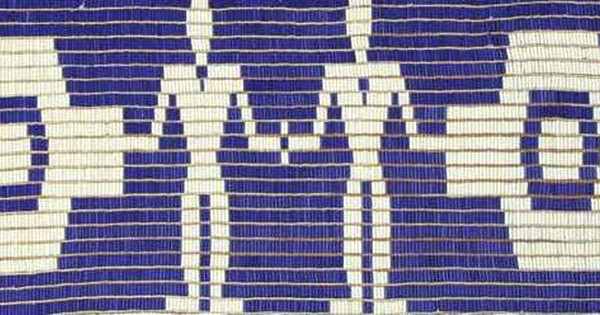For a country that posits itself as a beacon of tolerance and peace in the world, it can be hard for Canadians to accept that our nation was actually built on genocide, starvation, violence, theft and lies.
It can be particularly hard to accept for those Canadians who benefit from the power structures that are threatened by these truths.
Whitewashing Canada’s brutal past is fundamental to the maintenance of Canada as it exists today. If we were to collectively face the truths published in the Truth and Reconciliation Committee report, the very foundation on which Canada is built would crumble.
In the aftermath of the work of the Truth and Reconciliation Commission, several commentaries have appeared in The Globe and Mail and the National Post that argue that Residential Schools weren’t all that bad. That, while tens of thousands of children may have died, used as guinea pigs in medical experiments and/or beaten, raped and abused, “even the First Nations should be grateful that the Europeans came here.” This was the conclusion made by Conrad Black in a 1700-word piece of historical revisionism at the Post.
Who benefits from arguing that residential schools weren’t all that bad?
It certainly doesn’t serve the survivors, but it also doesn’t serve people who are learning about residential school legacy for the first time either. It drives a wedge between Canadians who have no understanding of what happened in residential school and the survivors and the families who still live with the scars.
Historical whitewashing does serve the elites; those people who financially benefit from resource exploitation and capitalization. It’s easier to have access to diamonds when the entire community living above those precious stones has been subjected to a cultural genocide.
True reconciliation requires self-determination of Indigenous people. True reconciliation requires a new governance arrangement between Indigenous people and non-Indigenous people. This is not possible under Canada’s current constitutional arrangement.
Whenever constitutional questions arise, some people become extremely nervous. During the 1995 referendum, Québec came closest to forcing a new federal arrangement and the response outside of the province was fascinating. Québec was demonized in the pages of the mainstream Anglophone press. Quebecers were smeared as a backwards lot. Millions of dollars were sunk into advertising through the sponsorship scandal to convince people to vote non. The forces that manufacture Canadian identity went into overdrive.
In English Canada, there was no debate on the matter. The 1995 referendum for independence was simply an example of how reckless and irrational Quebecers can be.
But for progressives, Québec’s dream of independence was and remains a beautiful one: together, we can ditch political structures that were imposed on the territory centuries ago. We can reject Ottawa’s anti-worker and anti-environment free trade deals. We can create a society that is actually built on democracy, determined by the people themselves.
We need to re-write Canada’s Constitution if we are ever going to return to a relationship in which Indigenous and non-Indigenous people are equal. The manifestation of the Two-Row Wampum — one of the first formal agreements that said Indigenous people and settlers will travel along side each other, never interfering with the course of each other’s canoes — cannot be realized in today’s Canada: the Canada of the Indian Act, of white supremacy and of Aboriginal Affairs.
When Canada’s Constitution was first passed, women weren’t considered persons under the law. Indigenous people wouldn’t achieve full personhood until more than a century later. Racialized people weren’t considered people either.
Now, a century-and-a-half later, we continue to be governed by a document crafted at a time when a majority of us were considered to be unequal to white men. It’s no surprise that the same stock of white man rushes to recreate history when his power is challenged, even if the challenge comes from the conclusion that Canada was built on genocide.
We will never achieve reconciliation under these structures. We will never achieve basic human rights for all. There can be no self-determination.
The good news is that Canadians, generally, still believe in democracy. Opening up a constitutional debate in a democratic and transparent way would allow everyone to participate in shaping the Canada of the future. It might look radically different. It might look slightly different. But if we believe in democracy, we have to believe that people, when given the right tools, have the capacity to determine their own fate for the better.
It’s time for Canadians to have an adult conversation about the limitations we’ve imposed on our own liberation through the current manifestation of the Canadian state.
And while it will cause a certain type of person to melt down, it would have the power to give back legal dignity to millions of people, Indigenous and non-Indigenous alike.



